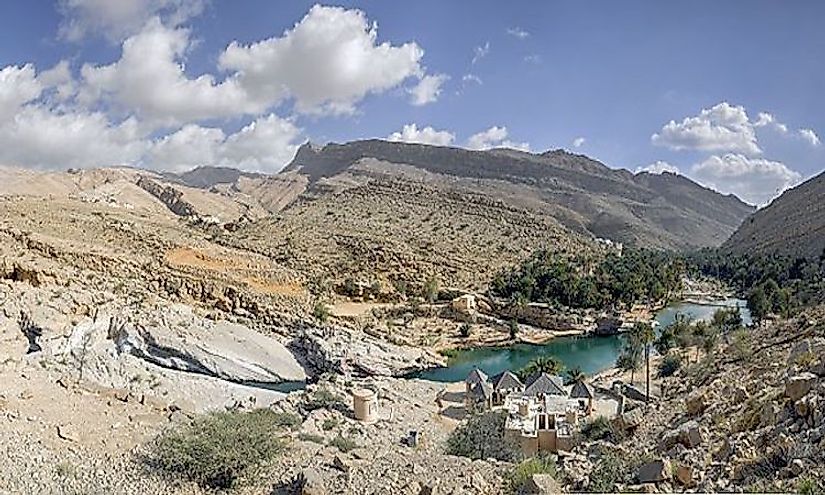Fluvial Landforms: What Is Wadi?

What Is A Wadi?
A wadi is a freshwater ecosystem and a type of fluvial landform, which is considered any type of geological feature that is related to rivers or streams. The term wadi comes from both the Arabic and Hebrew languages. Specifically, it refers to a dry riverbed that contains water during rainy seasons and is located in a valley-like area of the desert.
Characteristics Of A Wadi
Wadis are generally located in the flat or slightly rolling areas of deserts and often leads to dry lakes as well. A wadi can be recognized by its braided appearance, which is caused by a lack of constant water flow and an excess of sediment build-up. Sometimes, this sediment may collect in significant amounts, blocking water flow and effectively changing the direction of seasonal rivers. In addition to the low water levels, wind also affects sediment buildup by bringing in dry sands that collect on top of moist sand.
The bottoms of wadis are often covered in sand and loose gravel. The lower levels of this sediment are often packed very densely. This means that during rainy season, water is not quickly absorbed by the ground and has nowhere to drain, resulting in rapid flooding. Flash flooding in wadis is made even more dangerous because of the previously mentioned directional changes, which can send waters into communities unexpectedly.
Importance To Humans
Some wadis have underground rivers or springs that act as an important source of water for people living and traveling through the desert. Because of this, many wadis serve as oases and have become the sites of small communities throughout Africa and the Middle East. These communities take advantage of the water source by planting crops and raising livestock. Some common crops near wadis include: wheat, barley, and palm trees. Settled wadis often become important stops along trade routes as places to refill water supplies and obtain food. This is just as true today as in ancient eras. This gives many wadis significant cultural importance as well. Archaeologists have uncovered many ancient artifacts and settlement ruins at these sites, proving that wadis have played an important role in human settlements for many years.
Ecological Importance Of Wadis
Wadis are not only important to humans, but to nearby plant and animal species as well. Many of these sites throughout Africa and the Middle East are now protected as national parks, reserves, and UNESCO World Heritage Sites in order to conserve their unique habitats. For example, the Wadi Wurayah of the United Arab Emirates (UAE) became the first Mountain Protected Area in the country in 2009. This wadi offers an excellent look into the importance of these freshwater ecosystems. It is home to several rare plant and animal species. Of note, researchers have identified 12 mammals thriving in this wadi out of 20 located in the entire region. Of these, 60% are of national concern, including: Arabian leopard, mountain gazelle, Arabian Tahr, Caracal lynx, and Blanford’s fox. Additionally, this wadi provides a much needed habitat for 75 bird species, of which 5% are listed as endangered on the IUCN Red List. These findings are similar at many other wadis, which serve as biodiverse habitats in the middle of the desert.











